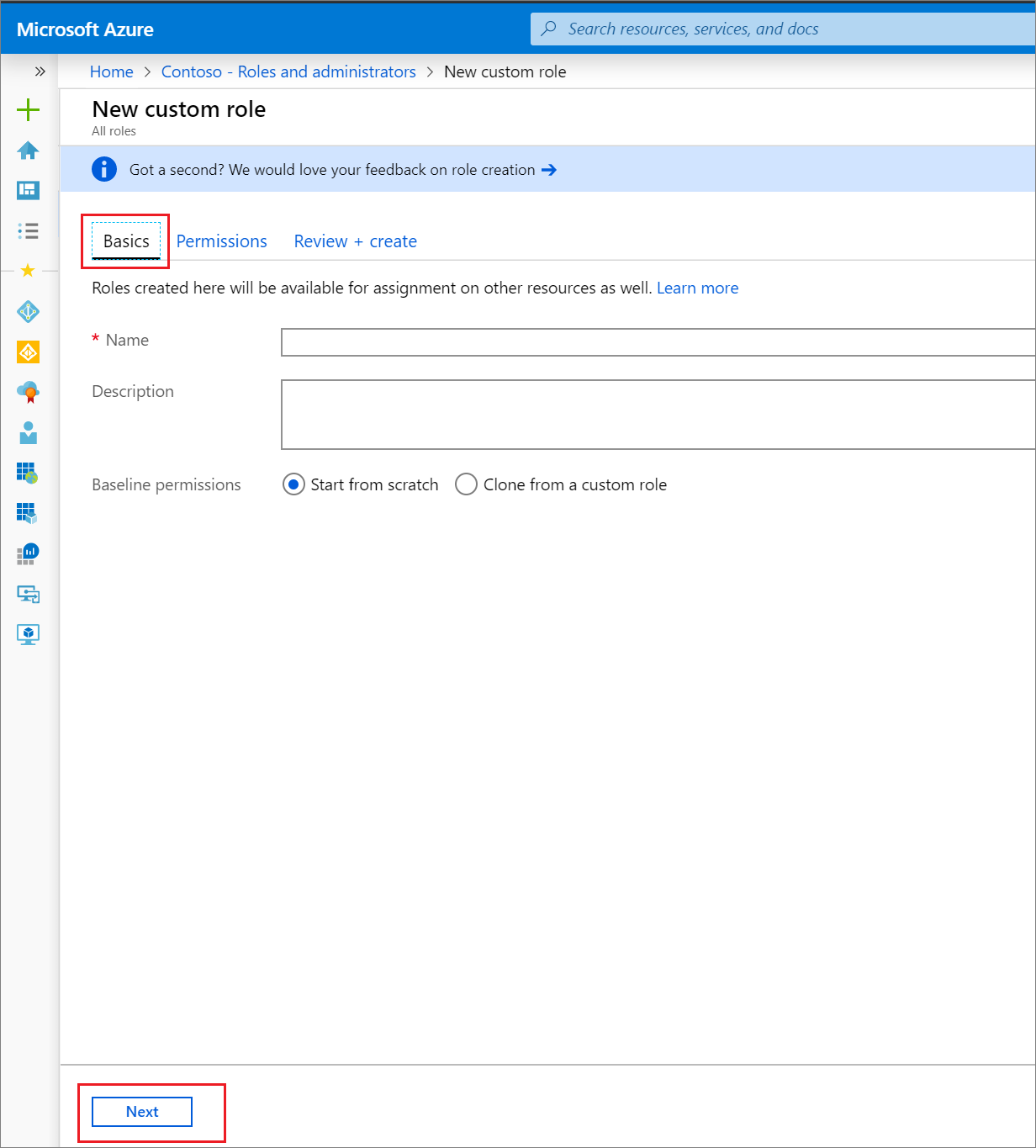

In the script above, we create the CarTableType user-defined variable of the Table type. Execute the following script to do so: CREATE TYPE CarTableType AS TABLE We will use a stored procedure to populate the Cars table.Īs described earlier, the first step is to create a user-defined table type that corresponds to the table that you want to populate.

The Cars table has three columns: Id, Name, and company. In the script above, we create a database called ShowRoom with one table i.e. Execute the following script: CREATE DATABASE ShowRoom Let’s take a look at an example of how we can pass a data table to a stored procedure using table valued function.įirst, create a table that we want to populate. Inside the stored procedure, select the data from the passed parameter and insert it into the table that you want to populate.Pass the user-defined table to the stored procedure as a parameter.Create a user-defined table type that corresponds to the table that you want to populate.Passing table-valued parameters to a stored procedure is a three-step process: In this section, we will use table-valued parameters along with a stored procedure to insert multiple rows to a data table. The maximum size that a table-valued parameter can have is equal to the maximum memory size of the database server.
SCRIPTCASE PASS GLOBAL VARIABLE TO TAB FORM CODE
Table-valued parameters allow multiple rows of data to be passed to a stored procedure by some Transact-SQL code or from front-end application. Now let’s see how table-valued parameters can be used to send data to a stored procedure without facing any of the issues discussed in the previous section. Passing Data table as Parameter to Stored Procedures The drawback of this approach was that you needed to validate the data structure in order to unbundle the values.
SCRIPTCASE PASS GLOBAL VARIABLE TO TAB FORM SERIES

Transact-SQL can be used to access the column values of the table-valued parameters. Using this parameter, you can send multiple rows of data to a stored procedure or a parameterized SQL command in the form of a table. However, with table-valued parameters, multiple rows can be inserted, updated and deleted from a database using a single parameterized command that takes a table-valued parameter.Ī table-valued parameter is a parameter with a table type. Without the table-valued parameters, a front application needs to make multiple data trips in order to manipulate multiple rows of data. Each request to a database utilizes bandwidth and requires time to execute. If an application is data-intensive, such as the ones used in banks or airports etc, the number of data trips can be huge.

Real-world database applications need to make multiple requests from the front end to the database in order to carry out all sorts of functions.


 0 kommentar(er)
0 kommentar(er)
